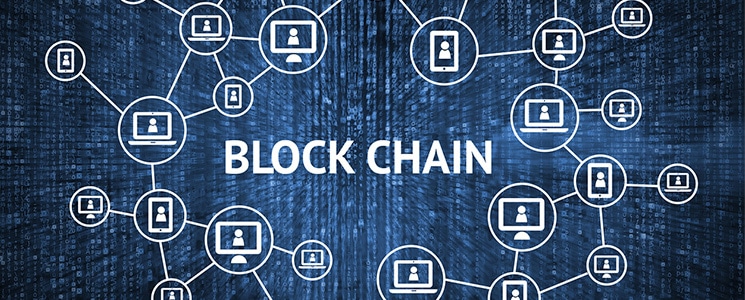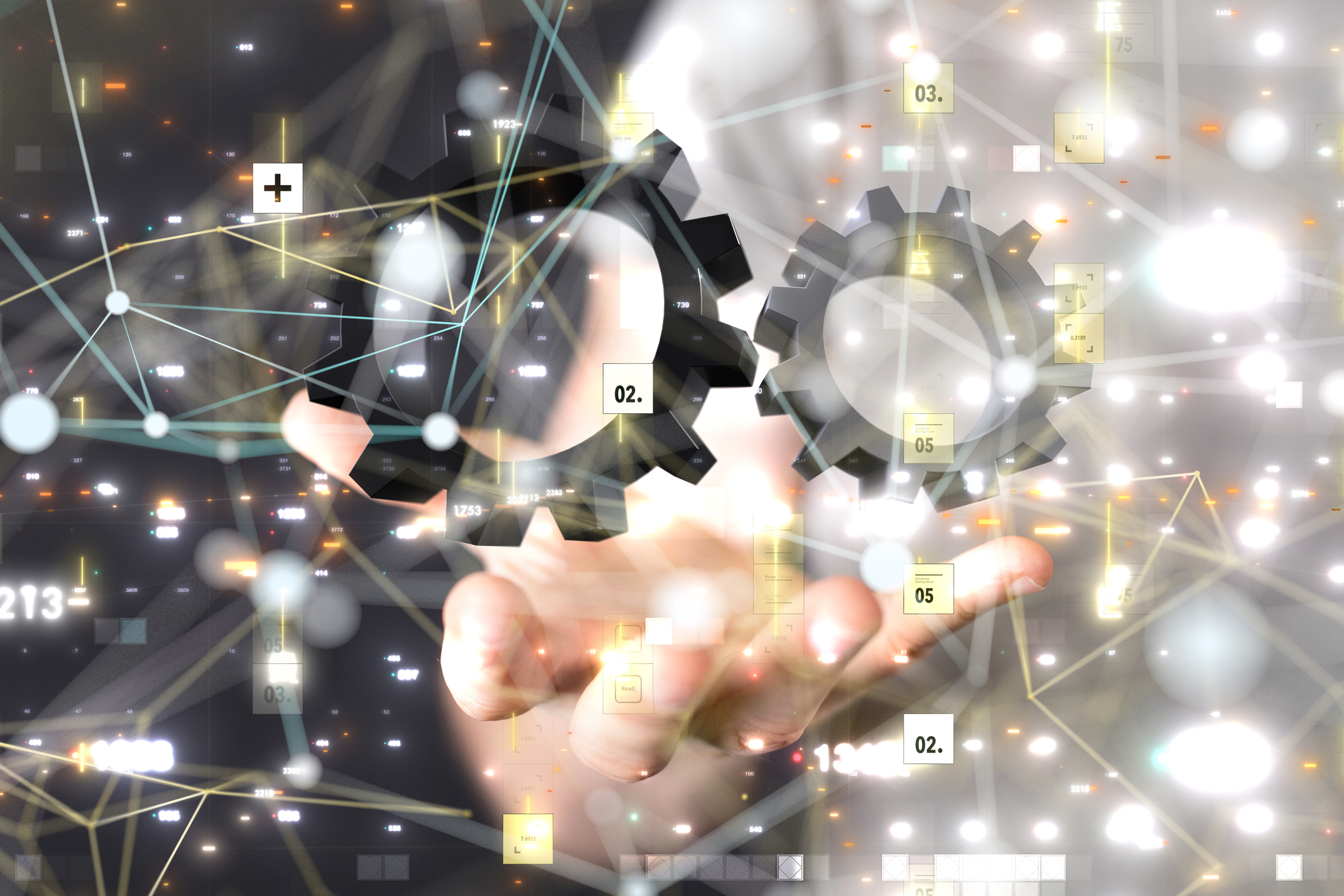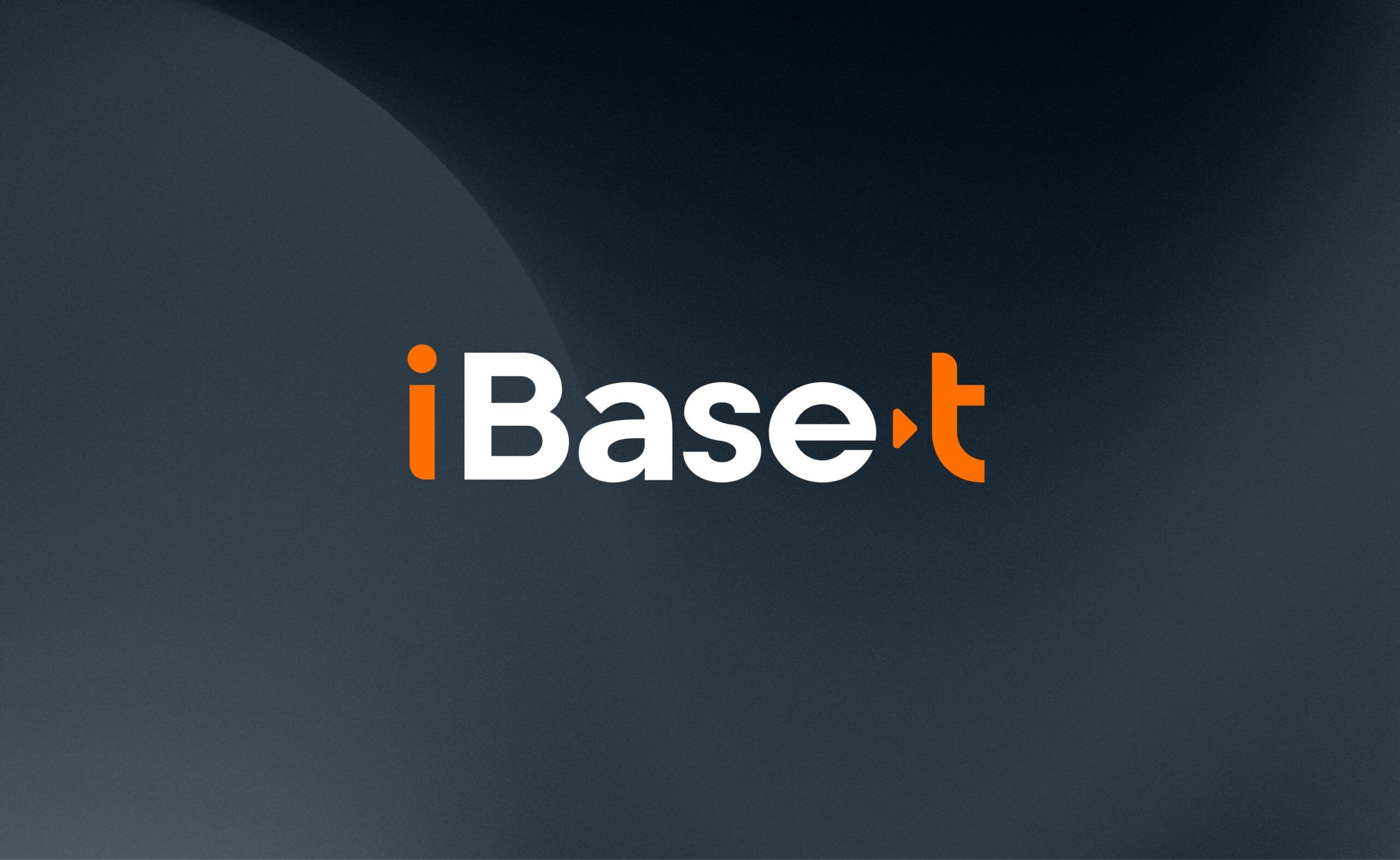
The blockchain is typically associated with the Bitcoin cryptocurrency and worldwide payment system, but its implications run much deeper. From data transparency to enhanced security, blockchain has important implications beyond the financial sector. “The blockchain is an incorruptible digital ledger of economic transactions that can be programmed to record not just financial transactions but virtually everything of value.”
Because blockchain is a decentralized technology by its very design, it eliminates risks associated with centrally-held data. Blockchain’s decentralized “nodes” may hold the key to resolving some of the more pressing issues facing manufacturers in terms of supply chain management, data management and security.
Implications of Blockchain for Aerospace and Defense
Aerospace and defense executives named the blockchain as an emerging technology that can bring about growth and greater efficiency in a recent Accenture survey. With the supply chain spanning multiple parties, the blockchain offers:
- A single, immutable source of truth: Data can’t be altered without the knowledge of all concerned. This means all transactions can be tracked and audited from one end of the supply chain to the other.
- Supply chain visibility and orchestration: PLM and ERP systems can be seamlessly integrated using blockchain technologies to ensure all parties remain on the same page, and nothing is lost in the systems.
- Automation: Automated business rules and data validation to boost efficiency, drive down costs, and minimize reconciliation and exceptions.
- Heightened quality: With greater visibility across the supply chain and aftermarket, overall quality improves.
- Better reporting: Streamlined business, operational and regulatory reporting is made possible through the decentralized nature of blockchain technology.
- Tighter security: Public-key encryption for record-level data security, and greater network resiliency are possible due to no single point of failure. In addition, access rights and entitlement management can be automated.
- A simpler path toward digitization: With those in aerospace and defense already investing heavily in the digital transformation, the blockchain can also be looked upon as another vital step towards end-to-end digitization.
Blockchain Facilitates Sophisticated Supply Chains
The sophisticated supply chains of complex manufacturers are shifting from the traditional transactional/break-fix model. Instead of heroic efforts from managers to move components, equipment and systems along the value chain, the blockchain can choreograph the interplay of internal and external supply chain participants all the way to the end customer. It offers a secure, auditable, traceable and shareable record across a distributed population.
Multiple parts and pieces comprise large pieces of equipment, and with networks and suppliers around the world, blockchain provides a way to see every part in the supply chain in real-time, and identify problems before they become widespread.
Syncron believes blockchain technologies have the potential to radically change the face of manufacturing.
“Blockchain can provide an increased level of visibility into this process, as it would allow an entire global service supply chain to see when and where parts are moving to ensure the repair is made just in time,” said Gary Brooks, Chief Marketing Officer of Syncron.
Blockchain and the Digital Thread
Another area where the blockchain can be of material value is digitization. The blockchain helps in the creation of digital threads, as well as digital twins in manufacturing that represent an exact virtual copy of a physical asset. A variety of scenarios can be modeled on the digital twin before the favored option is executed automatically in the physical equipment.
Blockchain Facilitates Collaboration in Manufacturing
Manufacturing partners and customers can collaborate more closely during product creation and development, because the blockchain engenders trust. A consensus can be rapidly arrived at through a shared blockchain ledger. This leaves behind a clear and unchangeable history of the design, all changes to it, test results, a certification record for the source of all components, and more.
Accenture’s advice: “A structured approach designed to demonstrate business value through rapid proofs of concept can help aerospace and defense companies align to these principles and identify how blockchain can scale to support continued industry growth and efficiency.”
Accordingly, some aerospace and defense manufacturers are investigating use cases such as multi-echelon supply chain management, the creation of an immutable digital thread spanning the supply chain, certification of people/partners/parts, Internet of Things (IoT) implementations, and rights for such areas as software/service usage, warranty and file access. By focusing on low hanging fruit and immediate return, organizations can validate proofs of concept for the blockchain.





